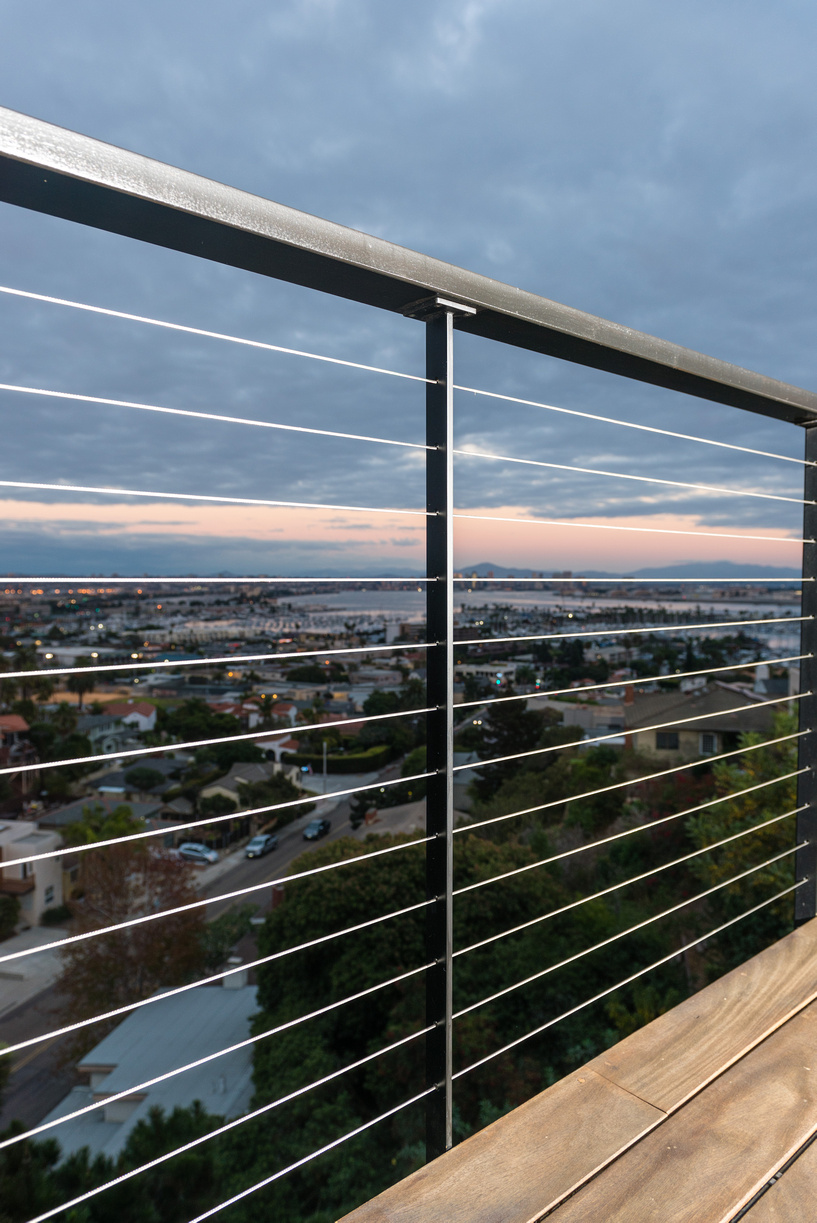




Selecting the Best Materials and Finishes For Extreme Durability There are several terms used in the steel fabrication industry to describe corrosion. We receive a few common questions from consumers about “oxidation”, “contamination” and the possibility or resistance our products will provide against “rust”. Maximizing corrosion resistance is about understanding the different terminologies and taking preventative measures to protect your investment. All metals have the potential to “oxidize”; while certain metals like t316 stainless steel provide a much greater resistance to all types of corrosion and oxidation. Surface Contamination- Probably one of the leading causes of staining and/or oxidation is surface contamination. Contamination is not rust. This term is used to describe the build up of some sort of debris on the surface of metal. Animals, trees, bushes and irrigation are some possible causes of surface contamination. Attempting to clean metal with the wrong chemicals, or using steel wool on stainless steel or aluminum can also cause contamination. Stains from these sources are often confused with corrosion or “rust” however this is not always the case. Any build up of contaminants on the surface of exterior metal can cause staining. Prevention- Maximizing corrosion resistance is about preparation. There are several good ways to prevent contamination and maximize the life of your exterior structures. Coatings are a great way to add longevity to stainless steel and aluminum railings, while providing a protective layer that cleans easily. Exterior grade paints, epoxies and powder coating are all good examples of coatings. Selecting marine grade stainless steel for your project is another excellent preventative measure. All of the cable assemblies and fittings we provide are made using T316 stainless steel. Cleaning and protecting- Cleaning is probably the easiest way to extend the life of exterior metal; just keep it clean. A periodic wipe down and the use of a surface protectant or light oil can work wonders. When needed; a soft scotch-brite (non metal) pad works great with stainless steel cleaner to remove stubborn stains. A light film of oil on the surface of the metal will prevent surface contaminants from sticking or pitting, and make future cleanings easier. Stainless steel cable railings can last 30-50 years even in the most extreme conditions. Periodic cleaning will preserve the beauty of the metal and protect your investment for the long haul.